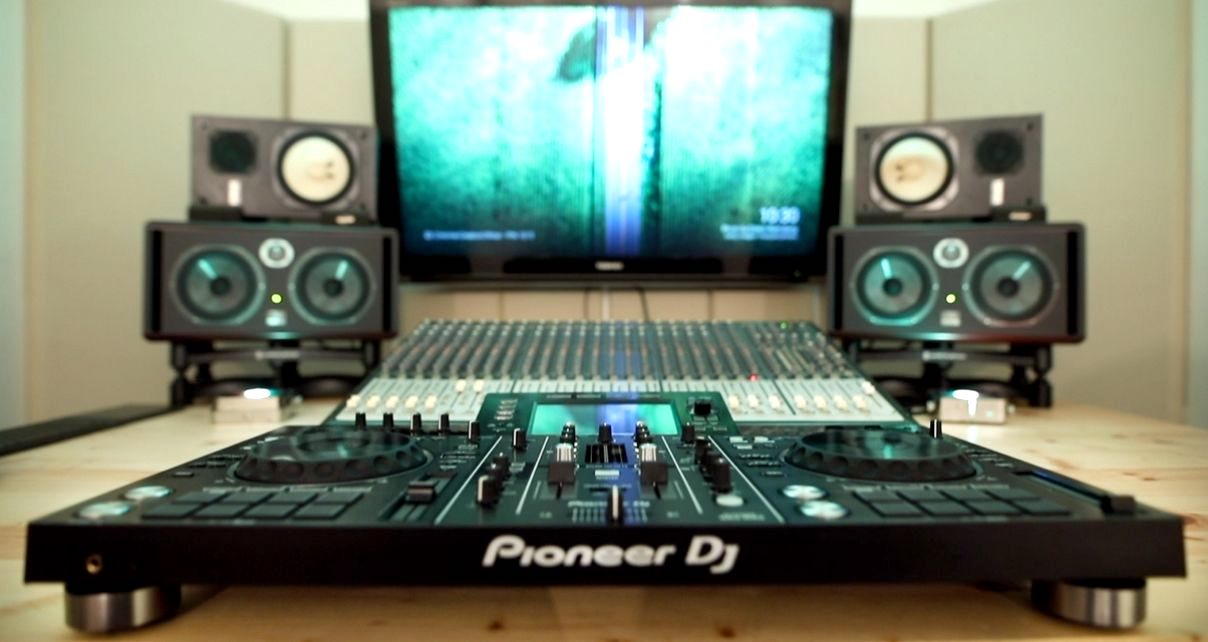If you’re used to DJing with a laptop and a DJ controller, your first gig with a standalone DJ system such as a Denon DJ Prime unit, the Pioneer DJ RX consoles, or the new Numark Mixstream, can be a bit of a rite of passage.
You can feel a little exposed without your laptop between you and the audience, and also a little worried about not having all of your music with you, or about what will happen if your standalone DJ system just doesn’t work for some reason.
Learn to DJ on ANY gear: The Complete DJ Course
However, with a bit of forethought, you can be properly prepared – and as you’re about to learn, some of the things you may be fearing are extremely unlikely to happen. So let’s work through some tips for DJing your first gig on a standalone DJ console:
- Check ahead of time that the DJ booth you’ll be playing in has room to fit your gear – Standalone consoles tend to be relatively big, so it is worth checking in advance that the DJ booth has room to accommodate your gear
- Plan your playlist – You should be doing this anyway, but navigating your music is a bit harder on standalone gear than DJ software on a laptop, so it is doubly important to have a pre-prepared playlist, of roughly double the number of tracks you think you’ll play
- Take extra music with you – When you DJ with a laptop, you have all your music with you, but when you DJ with a standalone system, you only have what you’ve taken. So as well as your pre-prepared playlist, consider exporting extra music, just in case you need it (think biggest all-time tracks, most requested tunes, etc)
- Position your gear correctly – With standalone systems, you’re not only DJing on them, but reading the screen too. So just as a laptop DJ would make sure their laptop was positioned in a good place in the booth, you need to consider both the ergonomics of using your DJ gear, and reading its screen. Basically, make sure the gear is high enough (so the screen is closer to your face), the screen is angled correctly, if you have the ability to adjust it (such as with the Denon DJ Prime 4), and to adjust any lighting in the DJ booth so it isn’t reflecting right into your eyes off of the screen
- Consider subscribing to a streaming service as a backup – What if your USB drive fails? You can set up your phone with an adaptor and cable into an Aux input if one’s available to hit “play” on a pre-prepared emergency backup track or two while you deal with such an eventuality. But also many standalone DJ systems nowadays have built-in streaming services, where at the flick of a switch you can be playing music from the internet. This can be a great backup, and is also handy for requests for songs you’d play if you only had them with you – so consider signing up for one
- Enjoy the audience connection – As a “laptop DJ”, you can get used to having the laptop between you and your audience, and it can almost become something to hide behind, so people can’t see your face when you need a break from them watching you! With a standalone DJ system, there is no such “hiding place” – but ultimately, the extra connection this gives you with your audience is a good thing, and is the same a pro DJ experiences when DJing on club gear, so get used to it!
- Trust the gear – It can be hard to do this at first, especially when getting used to a strange operating system, but these systems are actually much more reliable than using a laptop. They’re designed for DJing and DJing alone, and frequent firmware updates mean any small bugs early on in the lives of modern standalone DJ systems are quickly squished by the companies, so you can be confident your gear will work smoothly
Want more gear help? Grab your free PDF: The Digital DJ Gear Buyer’s Guide
Finally…

As with any kind of performing, on any kind of gear, the most important thing here is to prepare. Practise your set, practise setting up your gear, practise what you’ll do if your USB is yanked out by mistake (do it, and work through the steps!) – the more prepared you can be, the less nervous you’ll be playing your first set on a standalone DJ console.
Read this next: The Ultimate Checklist Of Things To Take To Your DJ Gigs




